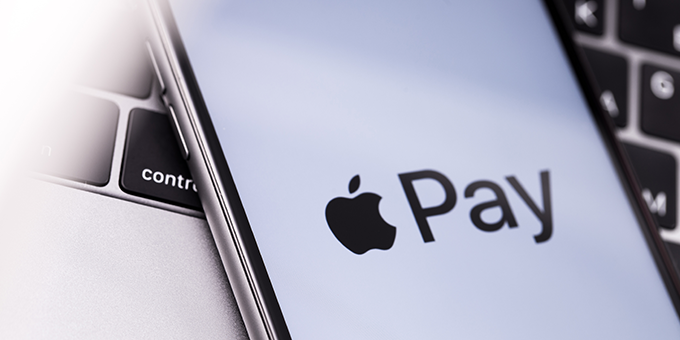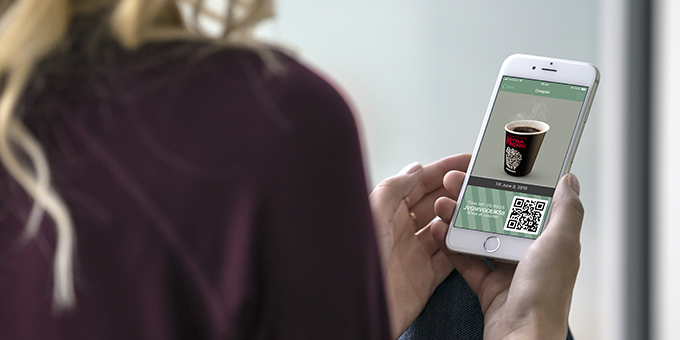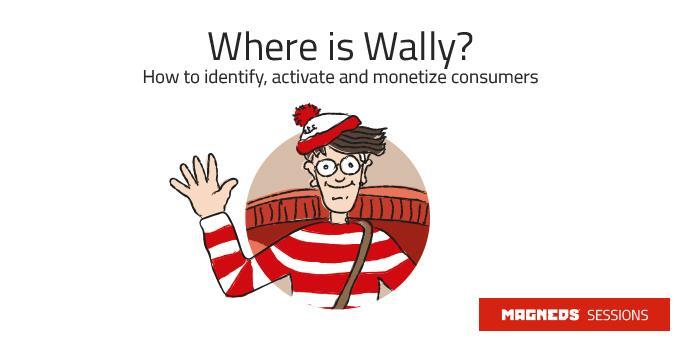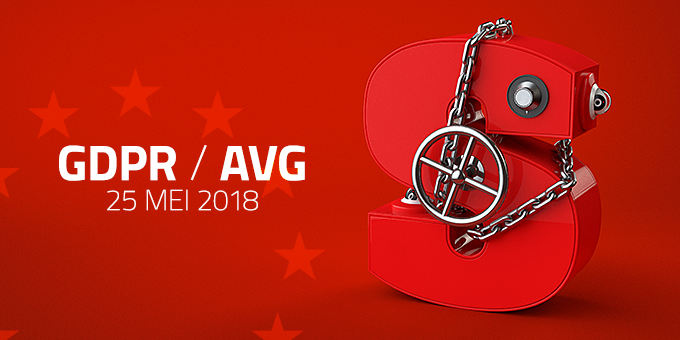Even though it is often assumed otherwise, millennials are just as loyal to companies as previous generations. However, they do want to be rewarded in a whole new fashion. Instead of just the transaction (the actual purchase), the interaction should play a pivotal role as well.
The millennials are much discussed and often misunderstood. Over the past few months, several columnists have lashed out at them. Those ‘youngsters’ – born between 1980 and 2000 – are allegedly lazy and most of all extremely spoiled. Qualities that have more often than once led to the ostracism of loyalty marketing. If customers in this age group are unsatisfied for even the briefest moment, they switch to the competition. What is striking is that even millennials themselves are now starting to think like this: seven out of ten, for instance, believe that their peers are less loyal than elderly people.
But is That Really True?
This view is in fact not accurate, because almost every millennial is taking part in a loyalty programme or has recently signed up for one. Indeed they are also open to a long-term relationship. More than that: three-quarters of the well over fifteen thousand young Americans who were questioned by Facebook recently, keep going back to the same companies.
When customers are leaving, it doesn’t necessarily mean that they have found a slightly better deal somewhere else. It generally means they have different needs. Loyalty programmes have traditionally pivoted around one moment: the transaction. When someone is willing to pay, they get rewarded. Often with loyalty points that can be used for delayed rewards: a discount or a free product. The thing is, millennials don’t really seem interested in such things. For this group, loyalty is mainly a conscious or an unconscious feeling you get from a company. An emotion which is not only influenced at the register.
Recognition and the Process of Give and Take Lead to a Relationship
In customer interaction, it is all about creating ‘golden moments’, and loyalty programmes will have to ‘see’ customers on more occasions. When companies are unable to successfully get their customers involved through valuable interactions, these customers will simply drop out. This has already been pointed out by a study that has been conducted two years ago. The analysis of 160 loyalty programmes from seven different industries showed that the amount of active participants is disappointing. Moreover, the opinions about the programmes are predominantly neutral or negative. The cause: its traditional form. A mere three percent rewarded their customers in ways beyond loyalty points after the purchase.
To millennials, loyalty mainly exemplifies a sense of reciprocity. Such a relationship is about give and take. Every interaction, for instance, asks for a little reward. The good thing is of course that companies are already actively working on connecting digital channels. That way, they are able to recognise customers, obtain behavioural insights, and subsequently make interaction a guiding factor.
Show Your Appreciation
Especially in a time when more and more devices are now blocking ads, consumers are easier to persuade and reach with online content than with an advertisement. There are already companies who show their appreciation when customers voluntarily watch their blogs or videos. For example, Lancôme rewards customers who watch their tutorials. Even though it doesn’t directly leads to a sale, the cosmetics company does help customers further down the sales funnel towards a future purchase. Every little step down the funnel is a valuable one to the company.
Other companies could successfully use their online community for this. The most loyal ambassadors and fans are more than capable to answer questions of other customers. As is the case with T-Mobile, it is something they do voluntarily and with pleasure – for helping others gives a sense of satisfaction. Those same loyal customers are often also the ones who regularly submit product reviews and feedback. Of course they benefit from it when this leads to the improvement of service, but that is generally not why they do it. Customers are enthusiastic and hope they can help others. Showing your appreciation doesn’t only ensures that these customers experience a closer relationship with the company in the end; their behaviour also increases brand visibility.
And if, with an app, you have already gained a foothold on everyone’s sixth sense – the smartphone – then it is easy to connect offline and online worlds. The American retailer Walgreens is a good example of that. The company awards extra loyalty points whenever customers use the mobile barcode scanner to place repeat purchases, since it facilitates order processing. The company has now further developed the programme, and has linked the app to smart health meters created by Fitbit and Withings. Customers who display healthy behaviour get rewarded for it in the loyalty programme.
Exclusive and Personal
What is important about the new way of rewarding, is that coherence is formed between all those interactions. Customer experience is central to that. For example, Hilton has linked the ‘Hilton-Honours’-programme to dozens of railway and airline companies, and recently, the Uber app has also been integrated. Guests do not only earn points at Hilton, but also at affiliated partners. Because the accompanying app provides extra privileges – choosing your own room, online check-in and check-out and picking your restaurant meal before arrival – guests receive a little something extra at various moments during their trip. Not just the stay, but the entire trip and all the interaction along the way contribute to the emotional commitment to Hilton. Sixty million guests are already taking part in the programme.
Millennials are loyal, but that loyalty is earned in a new manner. Customers are looking for moments of surprise and are crazy about any form of exclusivity or good content. They expect to be recognised once they have come forward on their mobile phones, and above all, every moment of contact needs to be personalised and relevant. With traditional loyalty programmes, marketers make it seem as if they are merely interested in the transaction, whereas interaction is what makes the relationship more beautiful and stronger. A solid CRM-database ensures that everyone is regarded as an individual: this leads to an increase in loyalty and future purchases are 85 percent more likely to occur.
Also published on Emerce.nl






